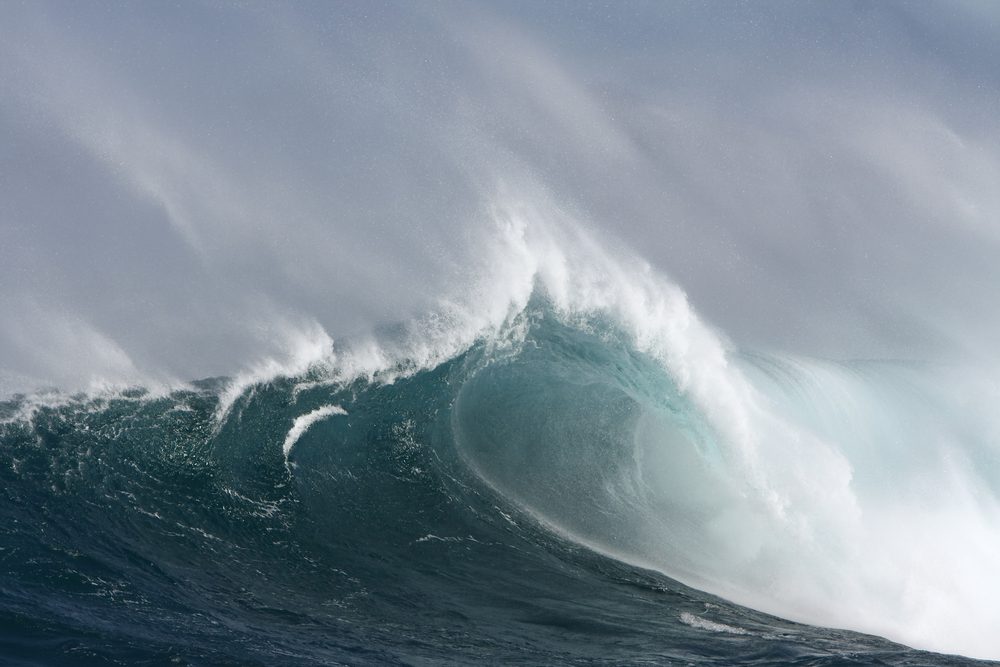Irrelevant
Well-known member
In 2015 WA had over 3k MW of wind. We have areas that routinely get more than 300 days of sunshine.The Pacific NW isnt particularly well suited to solar. I havent seen any wind study data, but it very well maybe well suited to wind. The problem is scale. 8700 MW is a huge amount of power. And wind will never, ever be as cheap as Hydro.
For reference Wyoming currently has about 1500mw of wind generation, but it's a prime area for wind development. To get adequate capacity factors it's very likely wind farms in Washington state would have to be much larger than those in Wyoming.
The other thing to consider is, if what Buzz says is true about smelt survival would removing several run of the river dams have much effect on andromanous fish populations?
I'm going to guess you've never been to Ellensburg... or any of WA for that matter






